当前位置:网站首页>Intelligent target detection 59 -- detailed explanation of pytoch focal loss and its implementation in yolov4
Intelligent target detection 59 -- detailed explanation of pytoch focal loss and its implementation in yolov4
2022-07-05 07:08:00 【Bubbliiiing】
Intelligent target detection 59——Pytorch Focal loss Detailed explanation and in YoloV4 The realization of this
Learn foreword
to YoloV4 Add one in the warehouse of Focal Loss have a look , I've been hearing that Focal Loss stay Yolo Series is useless , But practice makes true knowledge . And many people ask , It's better to add .
What is? Focal Loss
Focal Loss It's a kind of Loss Calculation scheme . It has two important characteristics .
1、 Control the weight of positive and negative samples
2、 Control the weights of easy and difficult samples
The concept of positive and negative samples is as follows :
The essence of target detection is dense sampling , Generate thousands of a priori boxes in an image ( Or feature points ), Match the real box with a partial a priori box , The prior box on the match is the positive sample , What doesn't match is the negative sample .
The concepts of easy classification and difficult classification samples are as follows :
Suppose there is a binary classification problem , sample 1 And the sample 2 All are categories 1. In the prediction results of the network , sample 1 Belong to the category 1 Probability =0.9, sample 2 Belong to the category 1 Probability =0.6, The former prediction is more accurate , It is a sample that is easy to classify ; The latter is not accurate enough , It is difficult to classify samples .
How to realize weight control , Please look down :
One 、 Control the weight of positive and negative samples
The following is the commonly used cross entropy loss, Take two categories as an example :
We can use the following Pt Simplified cross entropy loss.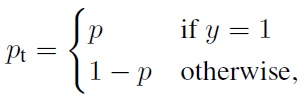
here :
Want to reduce the impact of negative samples , You can add a coefficient before the conventional loss function αt. And Pt similar :
When label=1 When ,αt=α;
When label=otherwise When ,αt=1 - α.
a The range is 0 To 1. At this point, we can set α Realize the control of positive and negative sample pairs loss The contribution of .
It's just :
Two 、 Control the weights of easy and difficult samples
The sample belongs to a certain class , And the greater the probability of this kind in the prediction results , The easier it is to classify , In dichotomous problems , The label of the positive sample is 1, The label of the negative sample is 0,p The representative sample is 1 The probability of a class .
For a positive sample ,1-p The greater the value of , The harder it is to classify samples .
For negative samples ,p The greater the value of , The harder it is to classify samples .
Pt Is defined as follows :
So the use of 1-Pt We can calculate whether each sample is easy to classify or difficult to classify .
The specific implementation is as follows .
among :
( 1 − p t ) γ (1-p_{t})^{γ} (1−pt)γ
It is the degree to which each sample is easy to distinguish , γ γ γ It's called modulation coefficient
1、 When pt Tend to 0 When , The modulation coefficient tends to 1, For the whole loss My contribution is great . When pt Tend to 1 When , The modulation coefficient tends to 0, That is, for the total loss My contribution is very small .
2、 When γ=0 When ,focal loss It's the traditional cross entropy loss , Can be adjusted by γ Realize the change of modulation coefficient .
3、 ... and 、 The two weight control methods are combined
It can be achieved by the following formula Control the weight of positive and negative samples and Control the weights of easy and difficult samples .
Realization way
This article takes Pytorch Version of YoloV4 For example , Let's analyze it ,YoloV4 The coordinates of are as follows :
https://github.com/bubbliiiing/yolov4-pytorch
First position YoloV4 in , The loss part distinguished by positive and negative samples ,YoloV4 The loss of consists of three parts , Respectively :
loss_loc( Return to loss )
loss_conf( Loss of target confidence )
loss_cls( Category loss )
The loss part distinguished by positive and negative samples yes confidence_loss( Loss of target confidence ), So we add Focal Loss.
First, the probability in the positioning formula p.prediction Represents the prediction result of each feature point , Take out the part that belongs to confidence , take sigmoid, It's probability p
conf = torch.sigmoid(prediction[..., 4])
First, balance the positive and negative samples , Setting parameters alpha.
torch.where(obj_mask, torch.ones_like(conf) * self.alpha, torch.ones_like(conf) * (1 - self.alpha))
Then balance the difficult and easy classification samples , Setting parameters gamma.
torch.where(obj_mask, torch.ones_like(conf) - conf, conf) ** self.gamma
Multiply by the original cross entropy loss .
ratio = torch.where(obj_mask, torch.ones_like(conf) * self.alpha, torch.ones_like(conf) * (1 - self.alpha)) * torch.where(obj_mask, torch.ones_like(conf) - conf, conf) ** self.gamma
loss_conf = torch.mean((self.BCELoss(conf, obj_mask.type_as(conf)) * ratio)[noobj_mask.bool() | obj_mask])
边栏推荐
- Cloud native related technology learning
- Ros2 - common command line (IV)
- Orin installs CUDA environment
- Mipi interface, DVP interface and CSI interface of camera
- inux摄像头(mipi接口)简要说明
- Ros2 - workspace (V)
- Error: "mountvolume.setup failed for volume PVC fault handling
- *P++, (*p) + +, * (p++) differences
- Skywalking all
- ROS2——node节点(七)
猜你喜欢
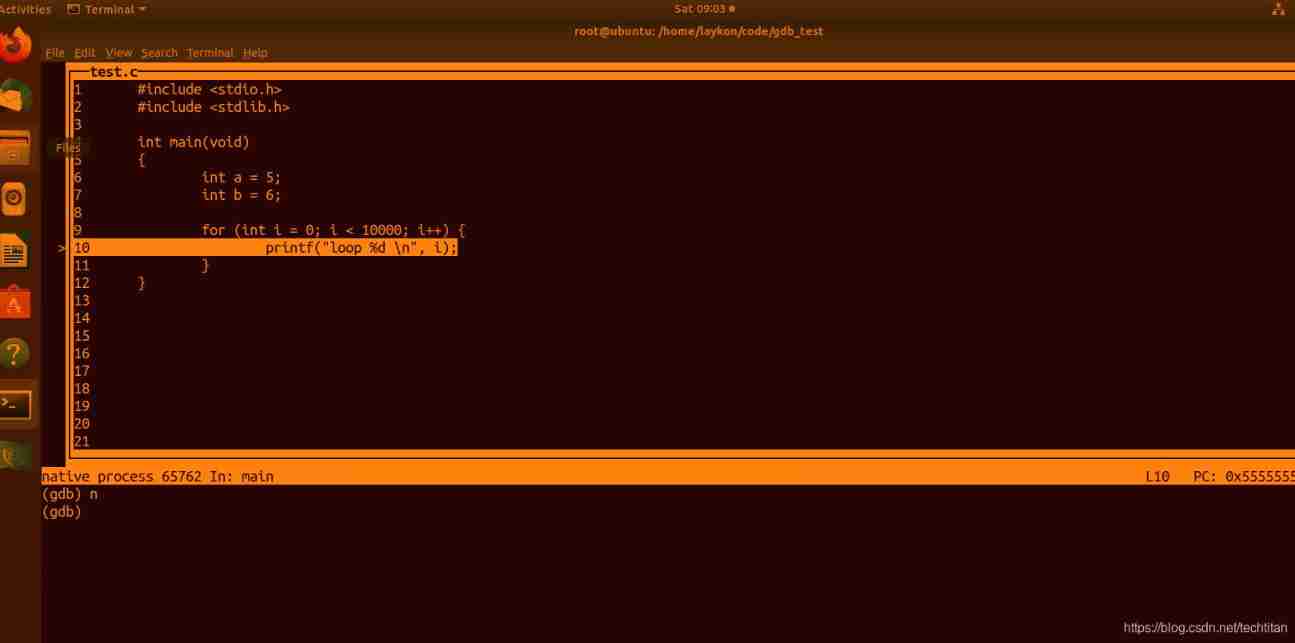
GDB code debugging

Use the Paping tool to detect TCP port connectivity
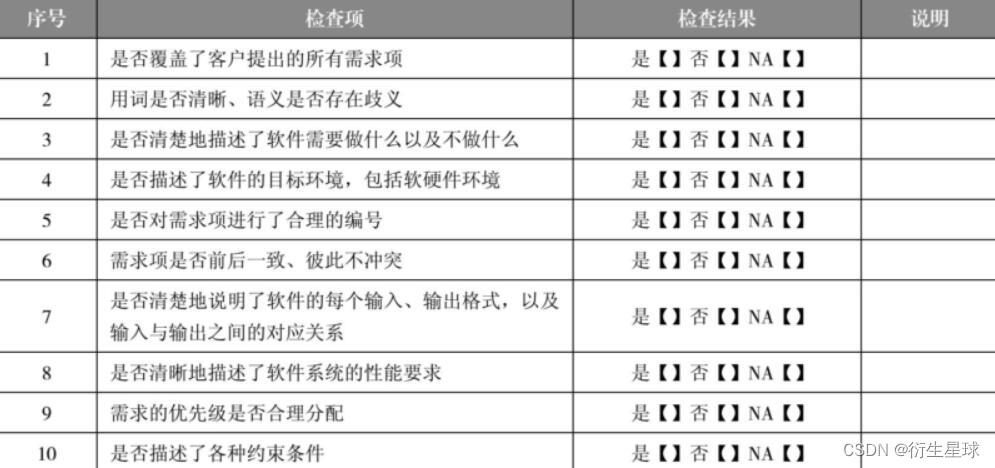
【软件测试】06 -- 软件测试的基本流程
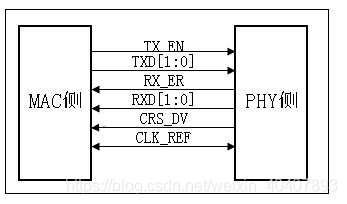
扫盲-以太网MII接口类型大全-MII、RMII、SMII、GMII、RGMII、SGMII、XGMII、XAUI、RXAUI

并发编程 — 死锁排查及处理

Literacy Ethernet MII interface types Daquan MII, RMII, smii, gmii, rgmii, sgmii, XGMII, XAUI, rxaui

SD_CMD_RECEIVE_SHIFT_REGISTER
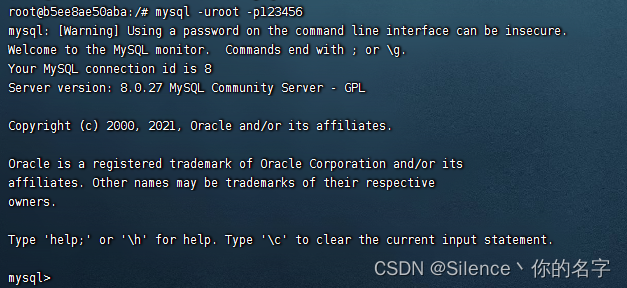
Docker installs MySQL and uses Navicat to connect

inux摄像头(mipi接口)简要说明
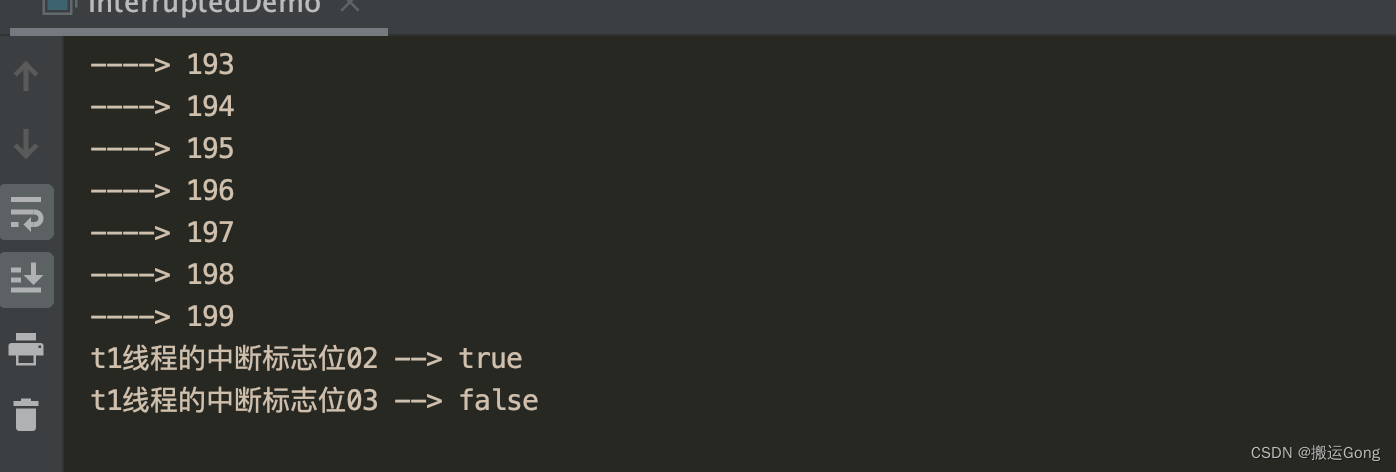
并发编程 — 如何中断/停止一个运行中的线程?
随机推荐
Concurrent programming - how to interrupt / stop a running thread?
Binary search (half search)
SOC_SD_CMD_FSM
基于FPGA的一维卷积神经网络CNN的实现(八)激活层实现
睿智的目标检测59——Pytorch Focal loss详解与在YoloV4当中的实现
Powermanagerservice (I) - initialization
【无标题】
Xavier CPU & GPU 高负载功耗测试
Written examination notes
Special training of C language array
Rehabilitation type force deduction brush question notes D3
Unity UGUI不同的UI面板或者UI之间如何进行坐标匹配和变换
Technical conference arrangement
Ros2 - common command line (IV)
Ros2 - install ros2 (III)
Integer to 8-bit binary explanation (including positive and negative numbers) scope of application -127~+127
Log4qt usage of logbase in QT project
The problem of Chinese garbled code in the vscode output box can be solved once for life
【软件测试】06 -- 软件测试的基本流程
【软件测试】05 -- 软件测试的原则